Environmental Targets and Results
Summary of Environmental Objectives for FY2024
In FY2023, we implemented the following environmental objectives related to the operations of each of our subcommittees: 1. development, introduction, and sales of environmentally friendly products; 2. waste separation and reduction; 3. prevention and control of environmental pollution caused by operations; 4. effective use of resources and energy; 5. promotion of social contribution activities; and 6. compliance with requirements.
In FY2024 (June 1, 2024 through May 31, 2025), restrictions imposed during the COVID-19 pandemic starting from 2020 were relaxed, but economic risks and uncertainty persisted.
The overall result revealed that 67% of our environmental targets were achieved. Nevertheless, the individual level of achievement of the six environmental objectives was mostly above 80%.
Since we transitioned to the Prime Market in April 2022, we are also required to address social and environmental issues and other sustainability-related issues.
We want to continue to engage in more EMS activities in the future so that we can respond to such demands from society.
FY2025 Environmental Objectives
- *Although the term "environmental objectives" has been eliminated in the ISO 14001; 2015 version, we will continue the customary usage of the term at Hakuto.
In FY2025, we will pursue the following objectives.
- 1Development, introduction and sales of environmentally friendly products
- 2Waste segregation and reduction
- 3Prevention of environmental pollution through business operations
- 4Effective use of resources and energy
- 5Promotion of social contribution activities
- 6Compliance with requirements
Deployment of Environmental Objectives in Departments
| Department | Department Environmental objectives (numbers are item numbers of environmental objectives) | SDGs |
|---|---|---|
| Management Subcommittee | 2. Waste segregation and reduction |
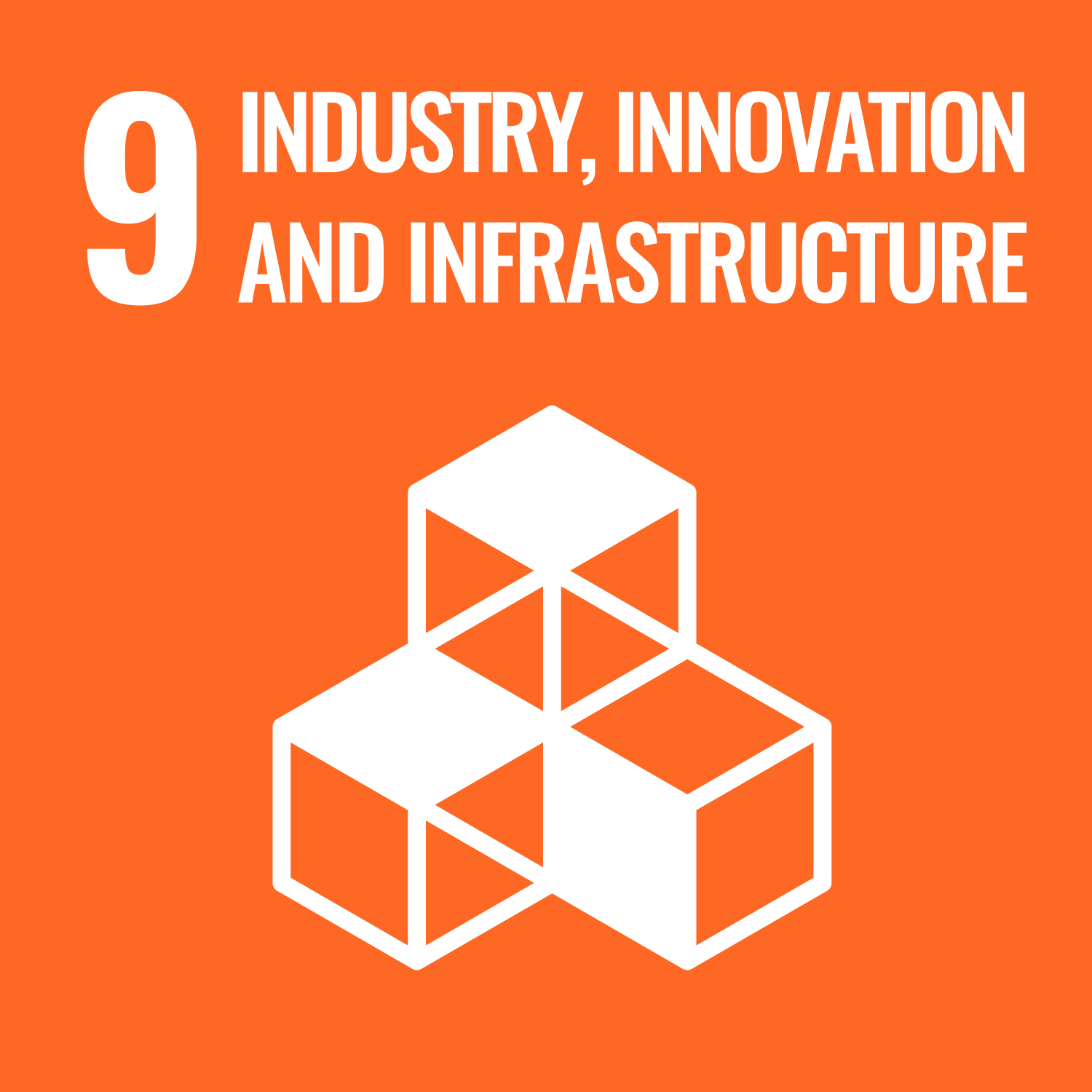
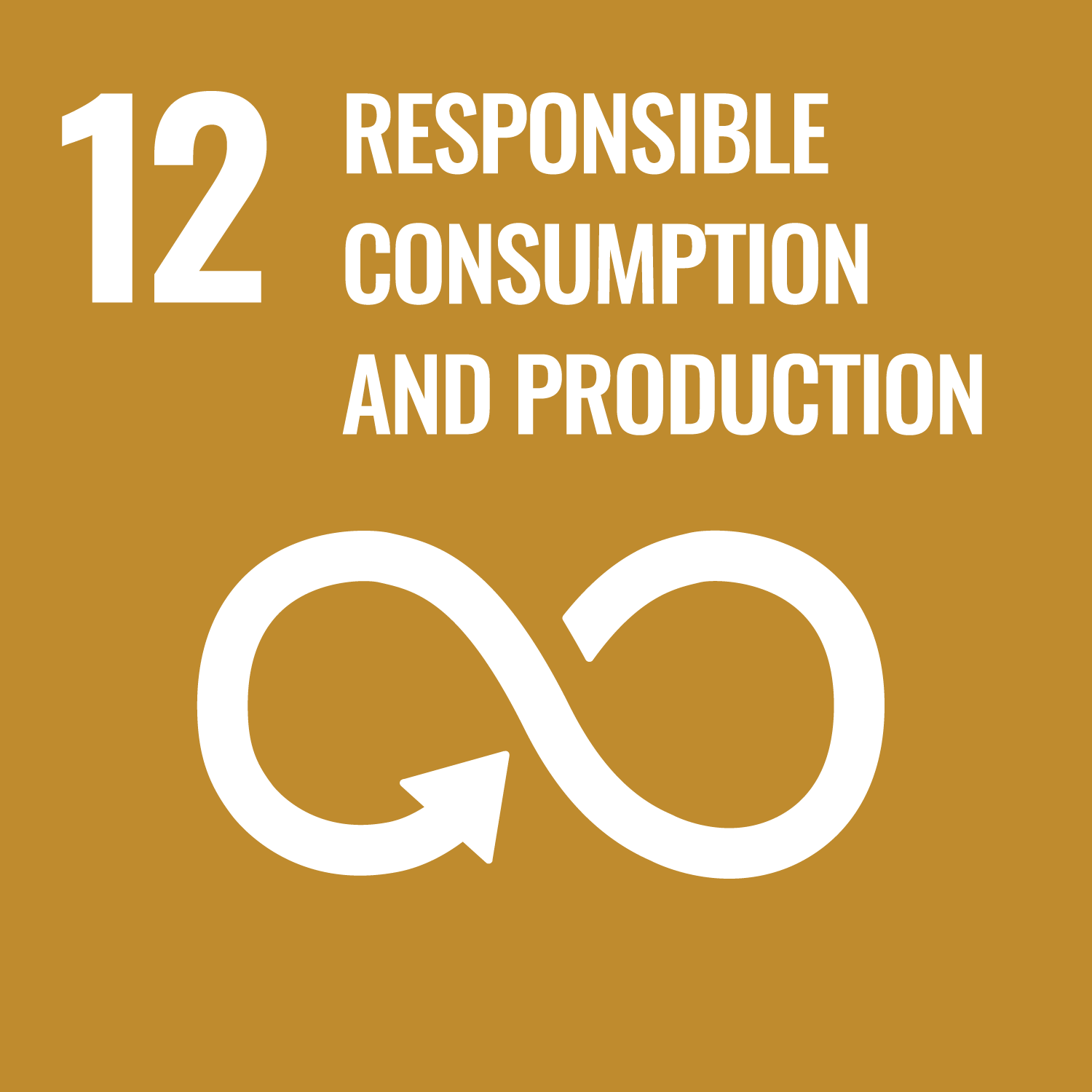
|
| 4. Effective use of resources and energy |
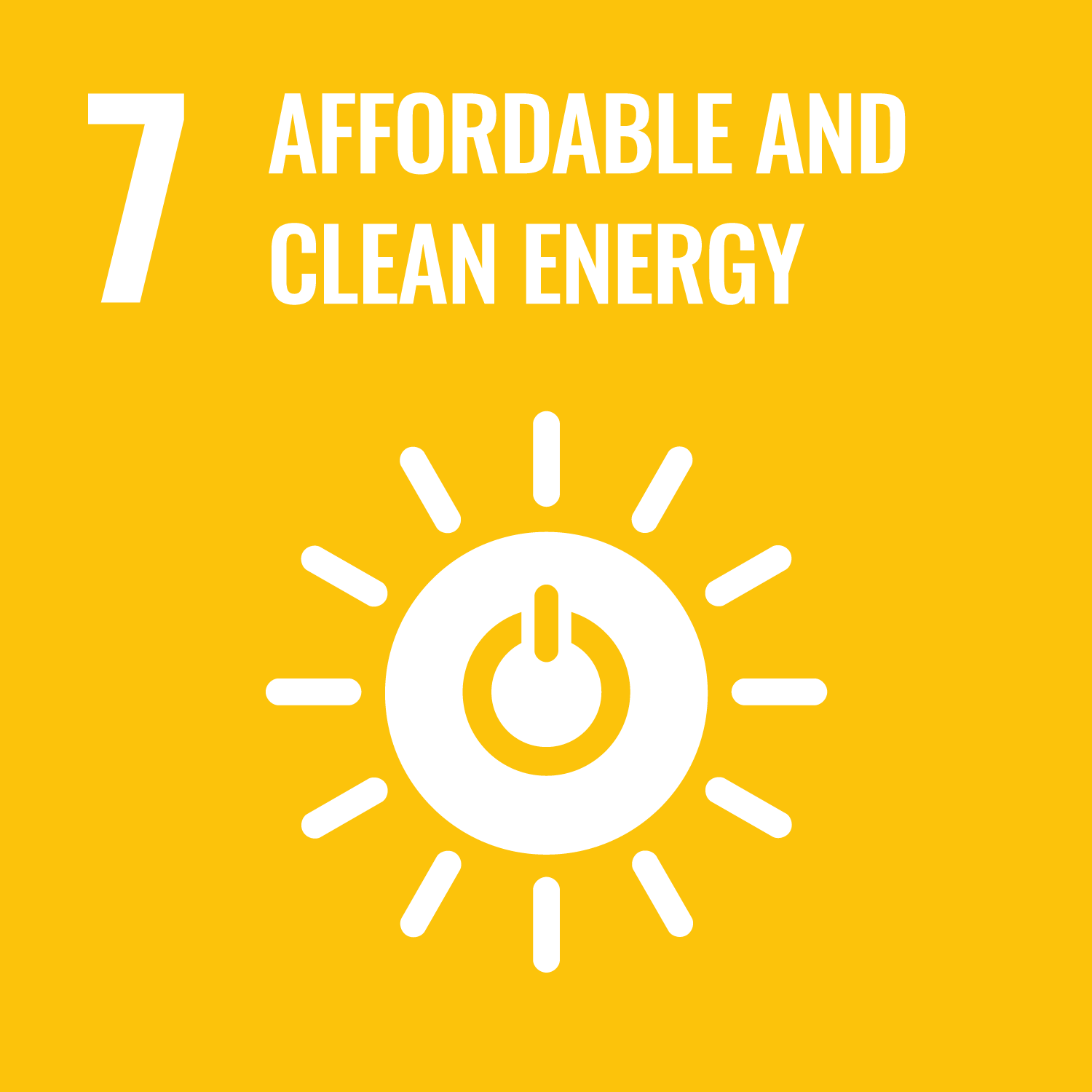
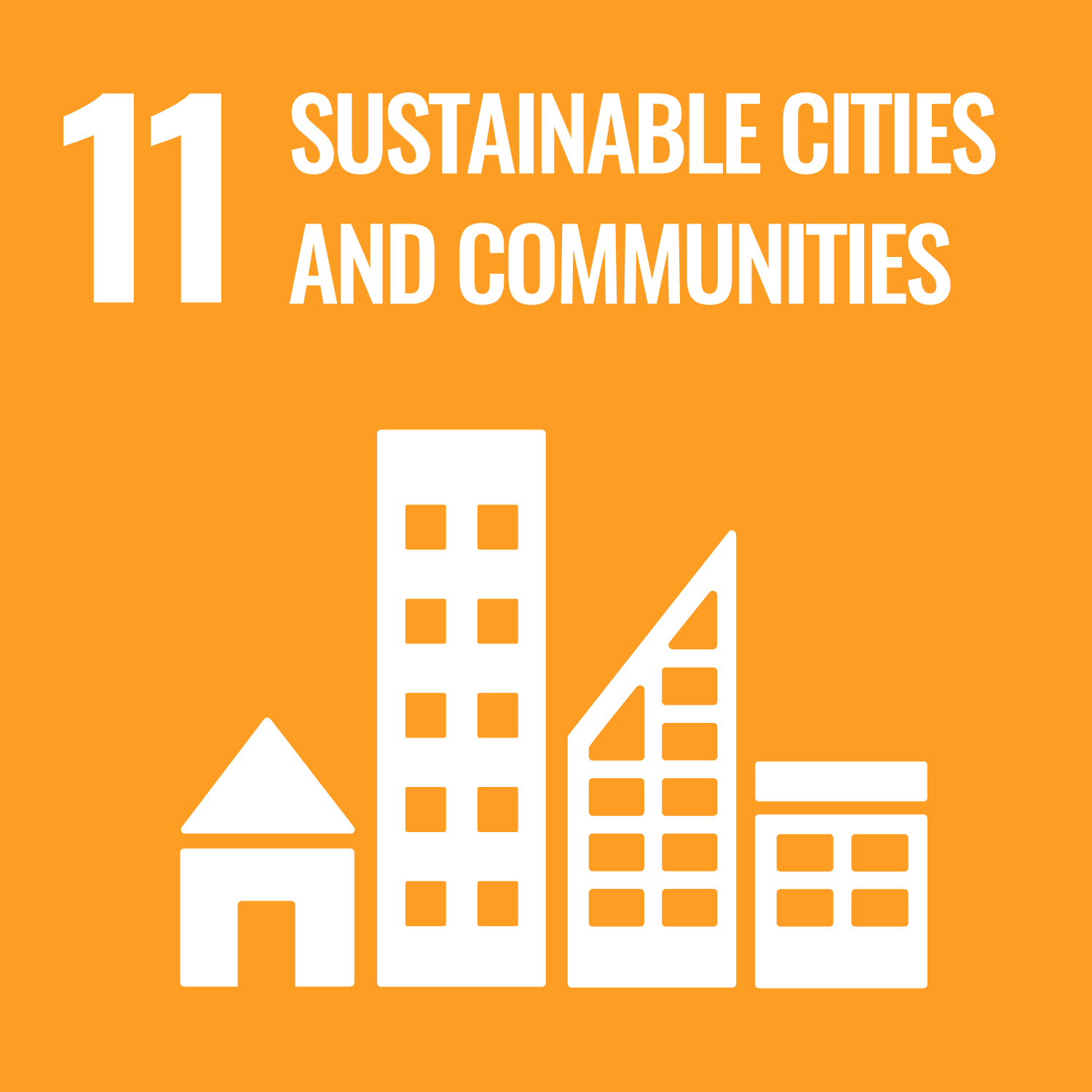
|
|
| 5. Promotion of social contribution activities |

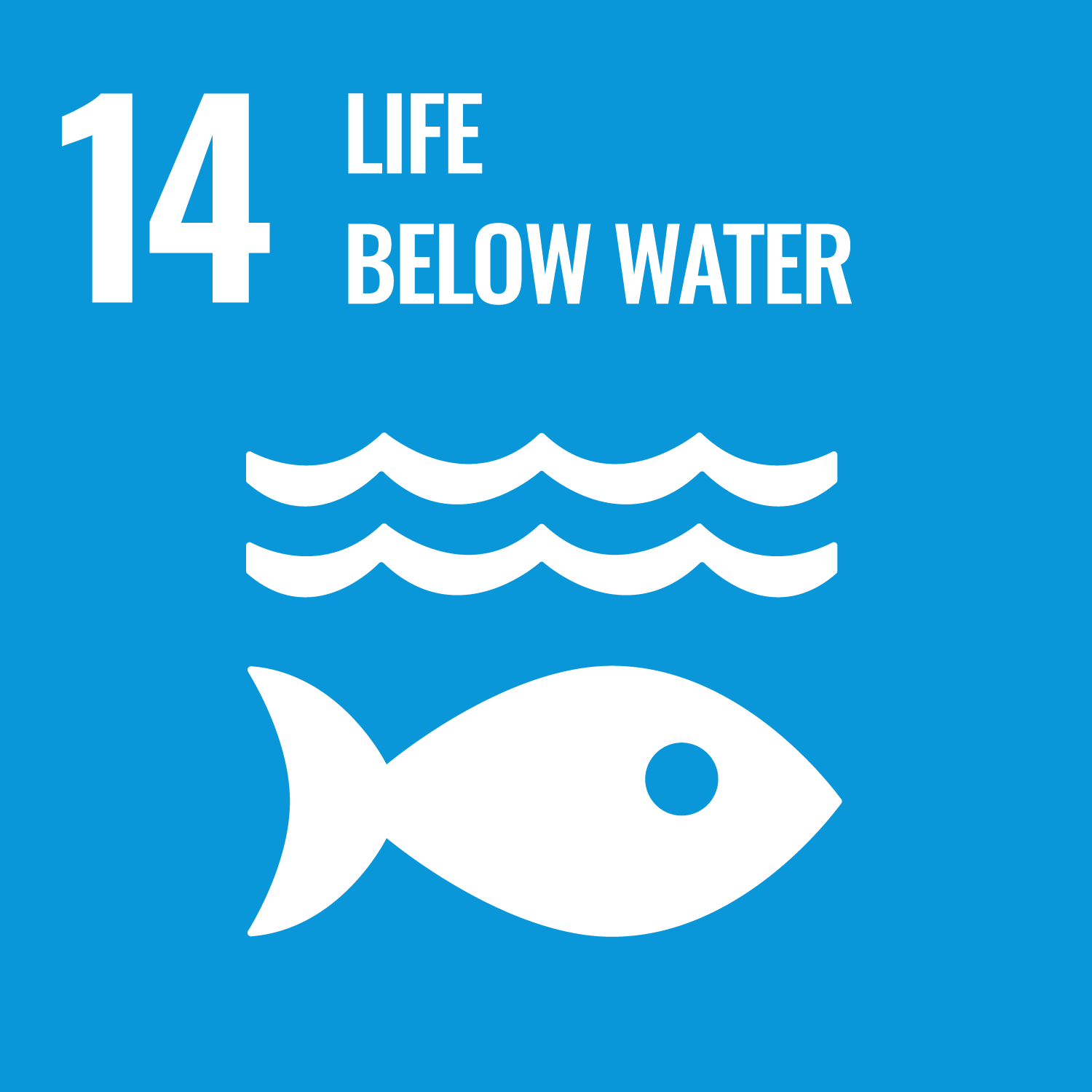
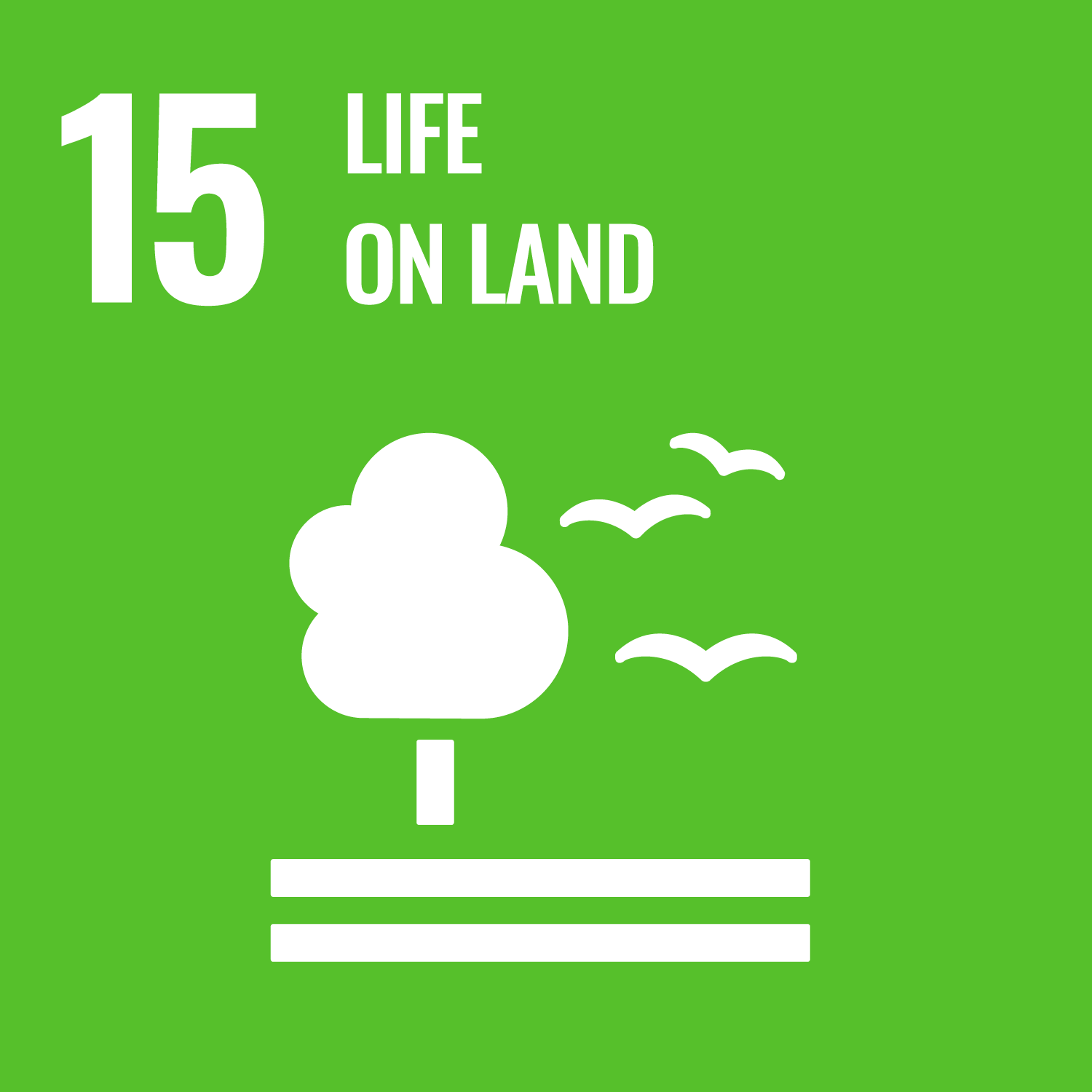
|
|
| 6. Compliance with requirements |
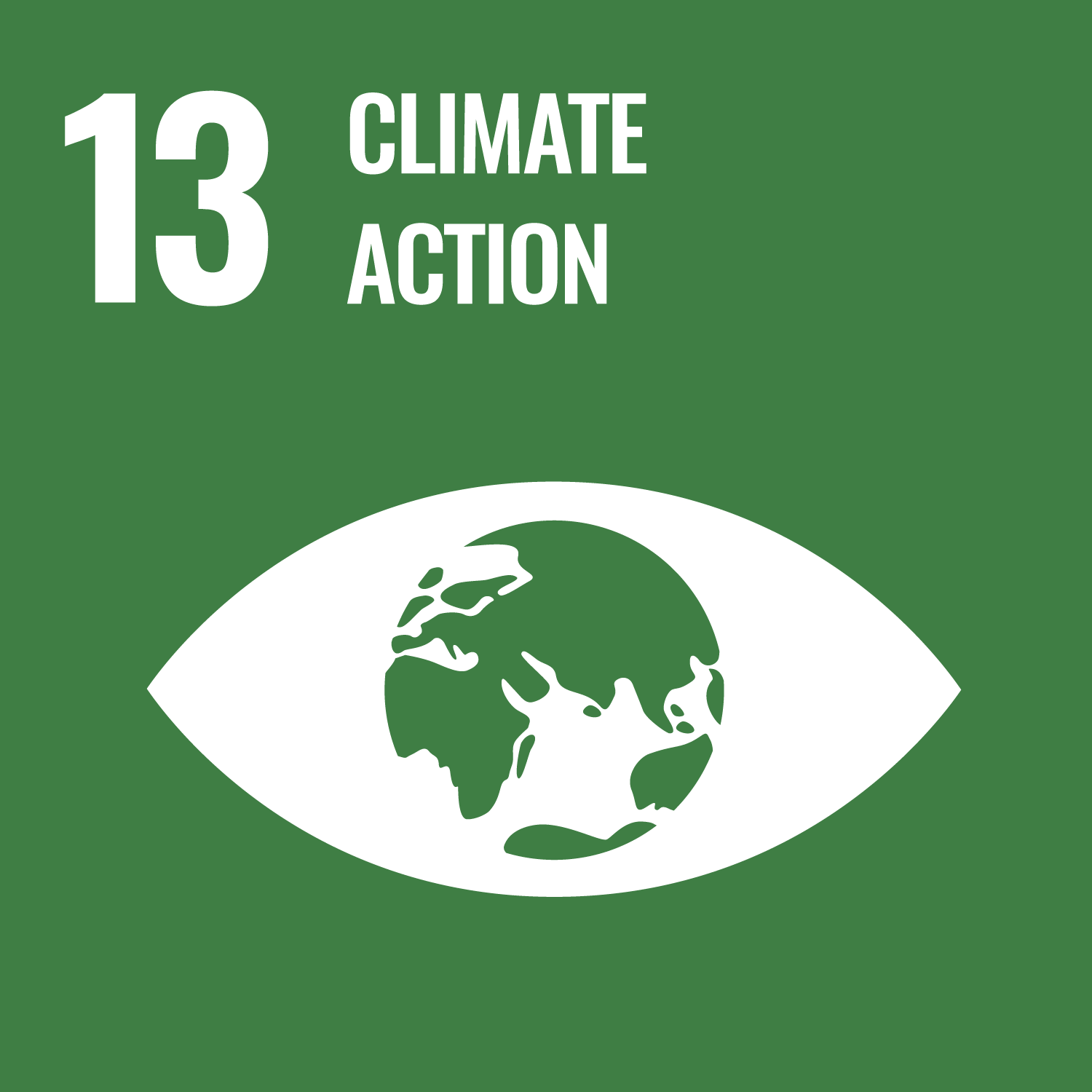
|
|
| Semiconductor Devices Subcommittee | 1. Development, introduction and sales of environmentally friendly products |




|
| Components BIC Subcommittee | 1. Development, introduction and sales of environmentally friendly products |



|
| 4. Effective use of resources and energy |


|
|
| Equipment Subcommittee | 1. Development, introduction and sales of environmentally friendly products |






|
| Technical Subcommittee | 3. Prevention of environmental pollution through business operations |


|
| Chemical Subcommittee | 1. Development, introduction and sales of environmentally friendly products |





|
| Kansai Subcommittee | 1. Development, introduction and sales of environmentally friendly products |


|
| 4. Effective use of resources and energy |

|
|
| Nagoya Subcommittee | 1. Development, introduction and sales of environmentally friendly products |


|
| 4. Effective use of resources and energy |

|
|
| Yokkaichi Research Laboratory Subcommittee | 1. Development, introduction and sales of environmentally friendly products |

|
| Yokkaichi Factory Subcommittee | 5. Promotion of social contribution activities |

|
| 6. Compliance with requirements |

|
|
| Isehara Subcommittee | 2. Waste segregation and reduction |


|
| 4. Effective use of resources and energy |
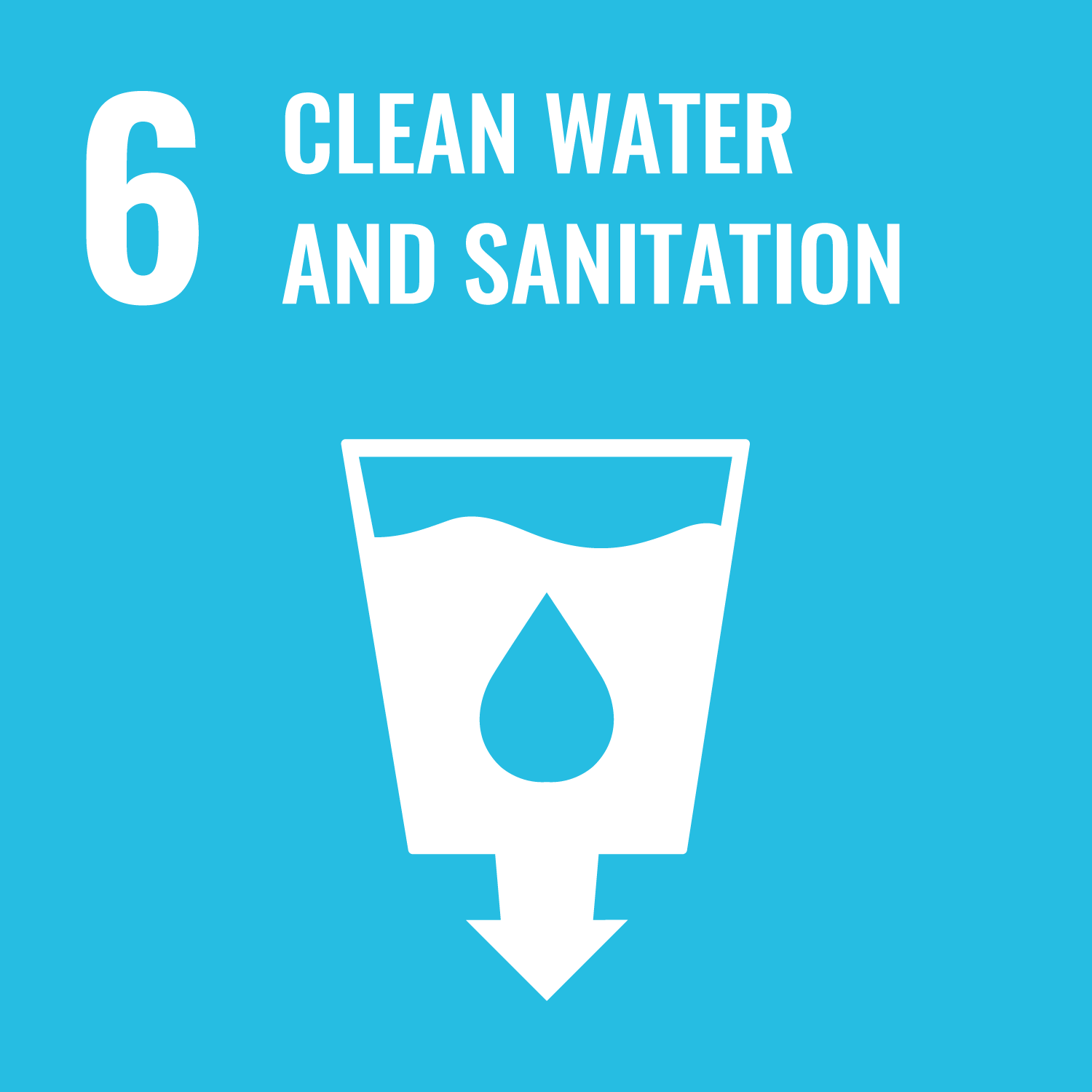

|